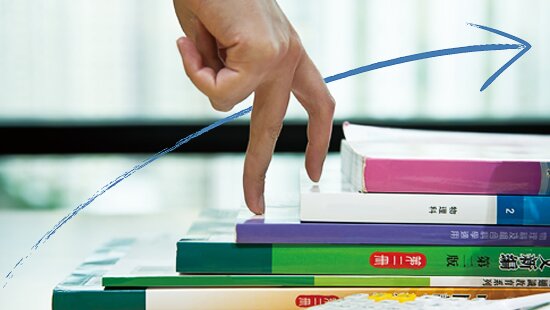The annual textbook expenditure survey undertaken by the Consumer Council reveals that textbook expenditures for the secondary and primary sectors have soared on average by 3.2% and 4.2% respectively over the last year, similar to the CPI rate of 4.2% during the same period. The survey also shows vast difference in textbook expenditures among different schools. For example, difference in textbook expenditures for Primary Five could be 7.9 times.
This year, the Council collected textbook lists for the new academic year from 51 primary schools and 42 secondary schools. The average textbook expenditure for primary school students was HK$2,561, with Primary One being the lowest (HK$2,472) and Primary Three the highest (HK$2,638). The average increase rate in different grades lies between 2.2% (Primary Six) and 7.1% (Primary One).
In secondary schools, the average textbook expenditures was HK$2,395, with Form Six being the lowest (HK$861) and Form Four the highest (HK$2,963). The variation in average textbook expenditures among different grades ranges from a reduction of 8.7% (Form Six) to an increase of 5.4% (Form Four). The significant reduction in average textbook expenditures for Form Six students may be attributed to the fact that many of them have purchased the textbooks required for Form Five and Form Six in advance.
Different schools demonstrated notable variation in textbook expenditures even within the same grade. Taking Form Four textbook expenditures as an example, the highest was HK$5,380 while the lowest HK$941, accounting a difference of 4.7 times. In Primary Five, the highest was HK$3,695, 7.9 times higher than the lowest expenditures at HK$413.
The survey also shows that more primary schools are changing their teaching mode to the more expensive pinyin editions of the Chinese Language textbooks and delivering lessons in Putonghua. Some primary schools have also replaced English textbook with multiple English story books for teaching.
Only very few surveyed schools use e-textbooks which actually have not demonstrated a significant price advantage over traditional textbooks. In addition, the schools have to invest in ancillary facilities, such as tablet PC in order to teach with e-books. Therefore, many schools have reservation in pursuing electronic teaching.
A significant number of schools are compiling supplementary teaching materials on their own. Most secondary schools charge students HK$100 to HK$200 every year for this purpose. In primary schools, most of the self-compiled course materials are provided for free, yet some schools charge as much as HK$1,000 a year.
Apart from using self-compiled course materials and e-textbooks, some schools arranged group purchase of textbooks or purchase of one-volume editions for exercise books to reduce both the quantity of books and the financial burden.
The survey also finds that a minimum discount of 5% would be provided to students by most bookstores which collaborate with schools. Among which, 24 bookstores offered discount of 11% to 25%. Moreover, this year has seen an increased number of bookstores offering a larger discount on secondary school textbooks as compared with the previous year. On the contrary, the bookstores offering more generous discounts for the primary schools are fewer than last year.
The Consumer Council reserves all its right (including copyright) in respect of CHOICE magazine and Online CHOICE (https://echoice.consumer.org.hk/).



